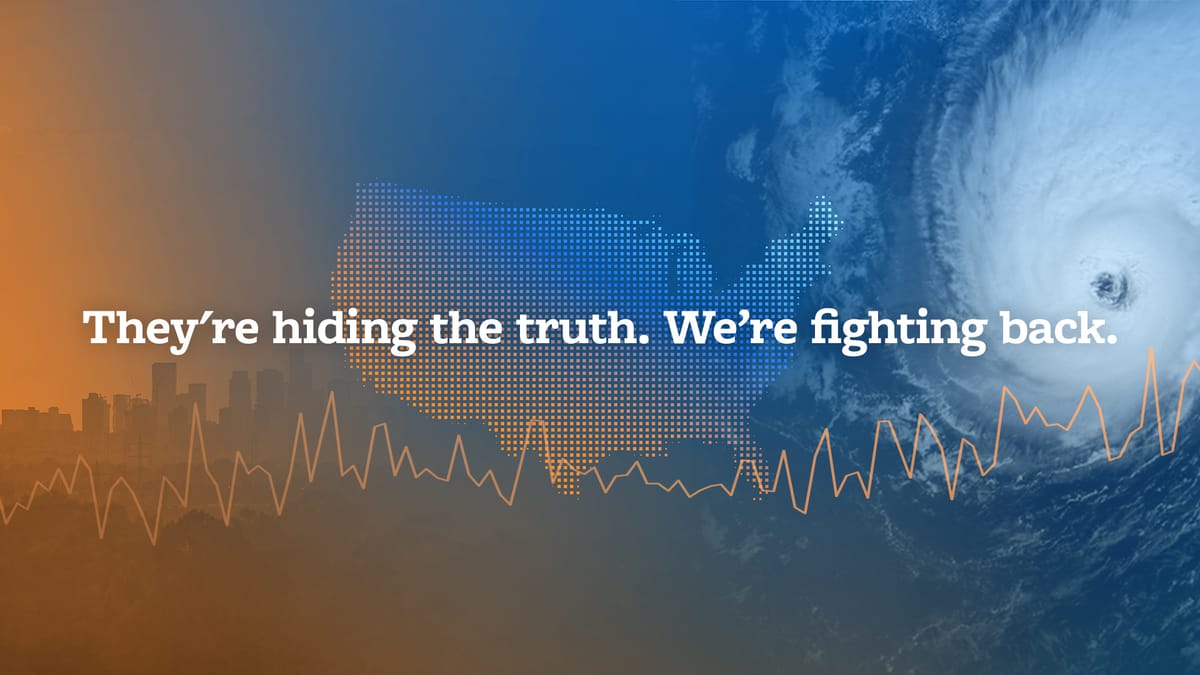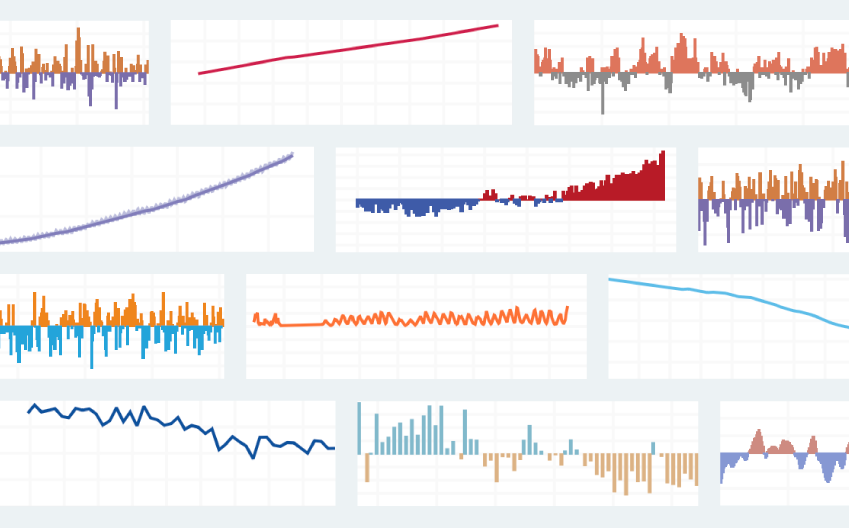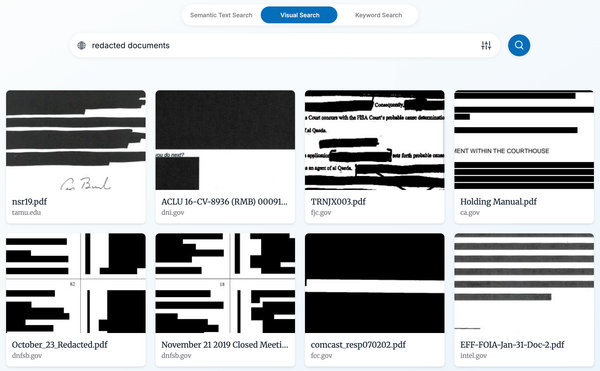Guest Post: Former Climate.gov team building Climate.us—a new bridge between scientists and the public

We have a guest post this week from the Climate.us team. We were very excited to talk with Rebecca Lindsey and learn more about their team's plans for Climate.us, especially their rescue of the Fifth National Climate Assessment.
In 2024, if you googled “climate,” the first result (after ads) was Climate.gov, NOAA’s website that provided climate information, tools, and resources for the public, educators, and people seeking data and data-based answers to climate-related questions. The site had more than 15 million visits that year and a social media following of more than 600,000.
As 2025 started, our team was quietly celebrating that we had met our growth target of at least 5% increase in reach over the previous year. Public demand for climate information was growing, and Climate.gov was meeting that need.
But even as we were celebrating the year’s successes, we were quietly acknowledging that Climate.gov probably wouldn’t survive the incoming presidential administration.
Our team’s dismantling began in February, and by the end of May, the entire editorial/content team had been let go. In June, the Climate.gov home page was permanently redirected to a page under the control of political appointees, and all previous links from that page back to Climate.gov were removed. It was this last event—and the possibility it signaled plans to erase the site or poison it with misinformation—that pushed a few of us to launch Climate.us.
What we’re fighting to protect
For people who aren’t familiar with the site, it often surprises them to learn that Climate.gov didn’t directly host climate data. In collaboration with scientists, we produced maps, charts, and graphics derived from data. We wrote and illustrated features, blogs, and Q&As that explained data, synthesized research, and described how to find and use data and tools. Our dashboards and interactives were a window to data scattered across multiple web domains, giving people an easy way to track the status of key climate variables, including natural ones like the state of El Niño and human-driven ones like sea level. For the data themselves, we were a portal, offering people a simplified path to popular products.
In other words, Climate.gov was a bridge between the world of scientists and the public.

On Climate.us, our initial plan is to rescue, republish, and update Climate.gov’s most widely read and cited content. We also plan to save important climate information, tools, and if necessary, data from across the federal domain. Our first rescue was the website of the Fifth National Climate Assessment, the latest congressionally mandated report on the causes and impacts of climate change in the U.S. (That report and all its predecessors were taken down with the entire website of the U.S. Global Change Research Program in July.)
The public’s generous response to our ongoing crowd-funding campaign ($155K as of October 15!) will soon allow us to start building the new site. At the same time, we are seeking support from foundations to transition our team to jobs in the nonprofit sector. We are also exploring partnerships with groups working in climate communication, education, and engagement who share our mission and goals.
Climate.us: independent and immune to politics
As this administration’s attacks on federal science have escalated, energy and philanthropic funding is being marshalled to “save the science” and “save the data.” That’s obviously crucial. Our Climate.us initiative is asking funders to broaden their thinking about what parts of the federal climate science enterprise must be saved.
Resources like Climate.gov that “translate” science for non-scientists play a critical role in making sure that society reaps the full benefit of the science and data they are paying for. Allowing those resources to be dismantled or hidden—burning a key bridge between scientists and the public—only makes us more vulnerable to the natural whims of the climate system and the rising threats of human-caused climate change.
Our team envisions a world where everyone has easy access to timely, trustworthy climate information, free from political interference.
Climate.us is our plan to keep that vision alive. If you’d like to get involved, learn how you can take action.




